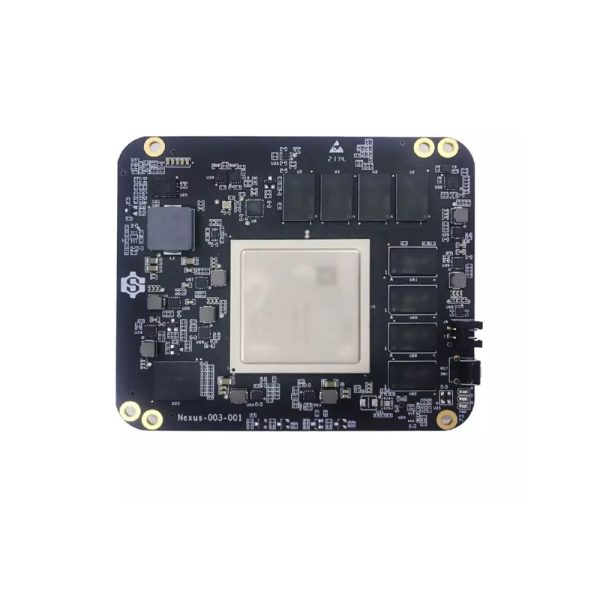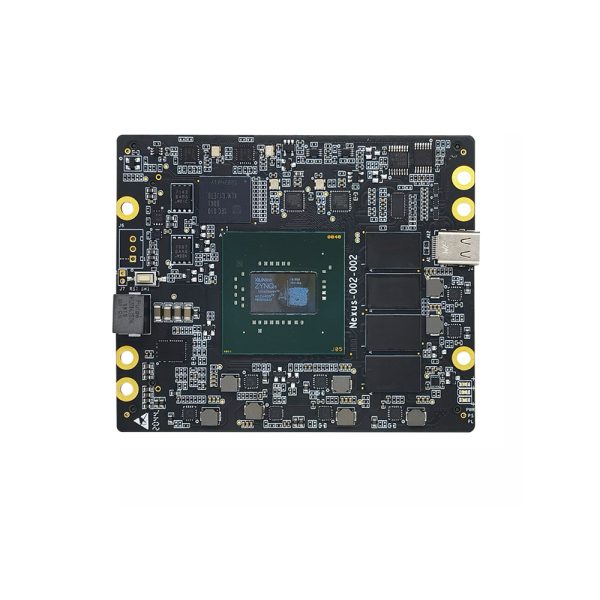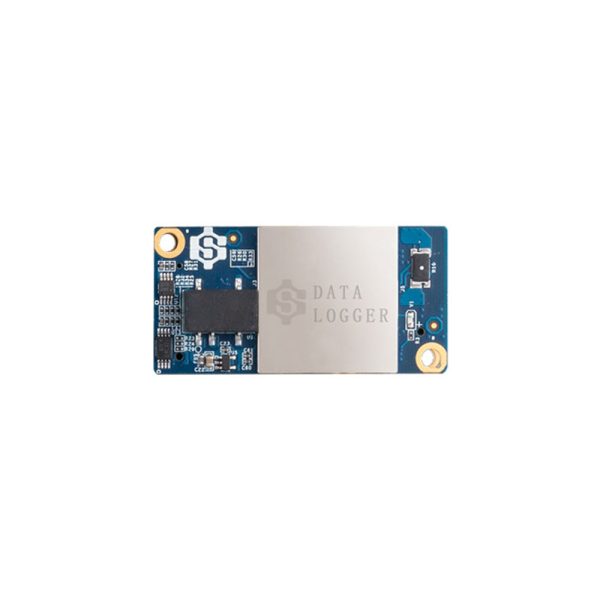
Are you curious about the field programmable gate array market? Well, you’ve come to the right place! In this article, I’ll explain what a field programmable gate array is and delve into its pros and cons. So let’s get started!
What is a Field Programmable Gate Array?
A field programmable gate array (FPGA) is an integrated circuit that can be programmed or reprogrammed after manufacturing. It consists of an array of configurable logic blocks connected through programmable interconnects. This flexibility allows FPGAs to be customized for specific applications, making them highly versatile in various industries.
The Pros of Field Programmable Gate Arrays
One major advantage of FPGAs is their ability to provide hardware acceleration for computationally intensive tasks. They can significantly speed up processes such as data encryption, image processing, and machine learning algorithms.
FPGAs also offer lower development costs compared to application-specific integrated circuits (ASICs). Since they are reprogrammable, developers can iterate on their designs without incurring additional fabrication expenses.
Furthermore, FPGAs enable rapid prototyping and quick time-to-market for new products. Their flexibility allows designers to make changes on-the-fly during the development process, reducing overall production time.
Find more about high speed dome camera.
The Cons of Field Programmable Gate Arrays
Despite their advantages, FPGAs do have some drawbacks worth considering. One limitation is their higher power consumption compared to ASICs or microcontrollers. This increased power usage may not be suitable for battery-powered devices or applications with strict energy efficiency requirements.
In addition, programming FPGAs requires specialized knowledge and skills in hardware description languages like VHDL or Verilog. This can pose a learning curve for developers who are not familiar with these languages, potentially increasing development time and costs.
Lastly, FPGAs may have limited resources compared to ASICs, which are specifically designed for a particular application. Depending on the complexity of the project, an FPGA’s capacity might be insufficient to accommodate all desired functionalities.
Click SMARTGIANT.
In Conclusion

The field programmable gate array market offers immense potential for various industries due to its flexibility and versatility. With their hardware acceleration capabilities and lower development costs, FPGAs provide valuable solutions for computationally intensive tasks and rapid prototyping needs.
However, it is essential to consider factors such as power consumption, programming requirements, and resource limitations when deciding whether an FPGA is the right choice for a specific application or project. By carefully weighing the pros and cons of using FPGAs in different scenarios, businesses can make informed decisions that align with their goals and requirements.

